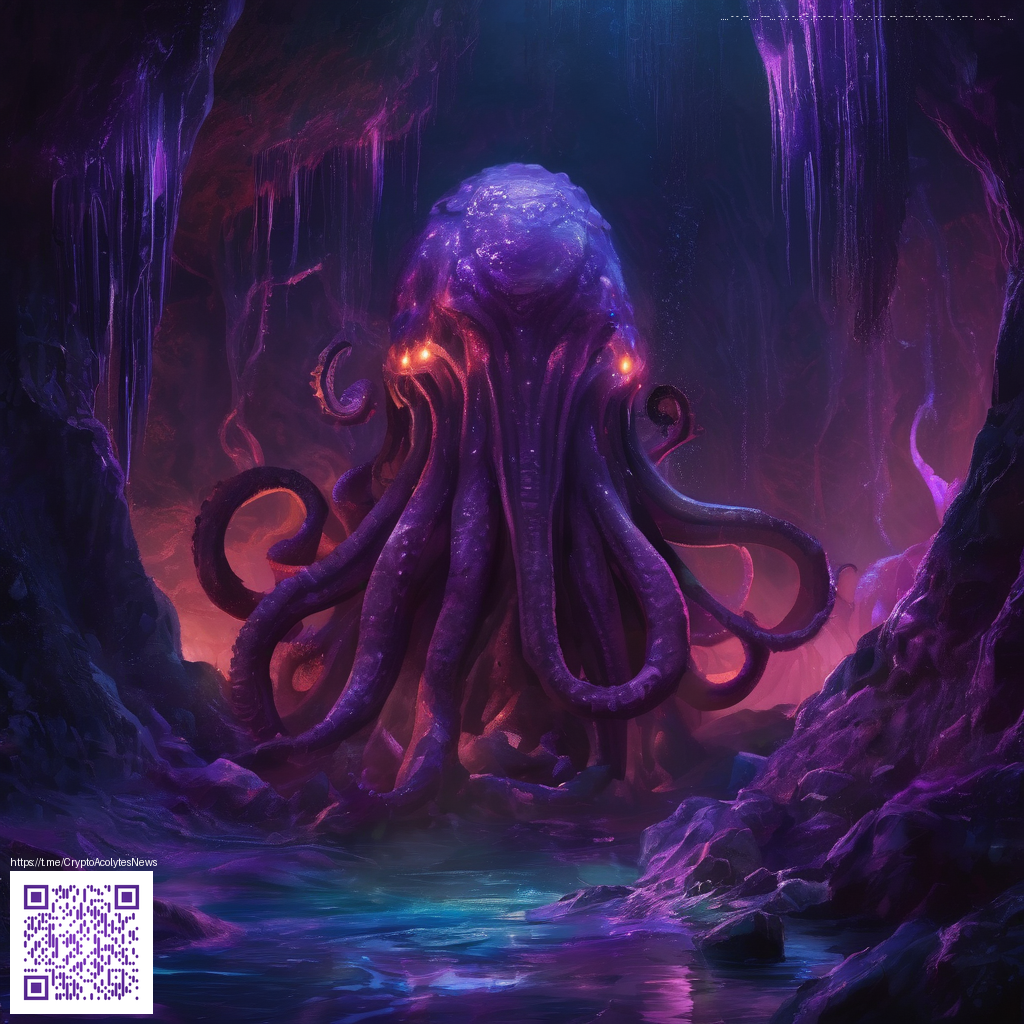Understanding NFT Rarity in Gaming Collectibles
Rarity is the heartbeat of many gaming NFT ecosystems. It isn’t just about owning a digital asset; it’s about what that asset represents within a game’s world, its potential utility, and how it sits within a broader community of collectors. When you peel back the layers, rarity combines objective attributes with subjective value—creating a spectrum that ranges from everyday items to coveted, one-off pieces. For players who treat collectibles as both status symbols and strategic assets, rarity informs decisions about which items to pursue, trade, or hold for the long term.
To grasp how rarity operates, consider two parallel ideas: the attributes that an NFT carries and the mechanics that govern scarcity. Attributes—such as colorways, patterns, or in-game bonuses—are the raw data that differentiate one token from another. Scarcity is the market reality: how many tokens with those attributes exist, and how many more could appear in future drops. Together, they create a narrative about desirability. A token with a rare combination of traits may unlock unique cosmetics, early access, or in-game advantages that others don’t have. A quick primer can be found in analyses like the one at https://spine-images.zero-static.xyz/a4b44e07.html, which dives into how rarity affects value and decision-making for collectors.
“Rarity is not just about being scarce; it’s about creating a story around an asset that players want to tell and share.”
How Rarity Is Determined in Gaming NFTs
- Trait-based systems: NFTs are built with a set of traits (background, accessory, body type, color). Each trait has its own frequency, and certain combinations are far rarer than others.
- Edition size and drops: Limited runs, reserved allocations for early supporters, or time-limited mint windows influence ultimate scarcity.
- Dynamic vs. fixed rarity: Some projects evolve over time, potentially altering an item’s perceived rarity through updates, evolutions, or new utility.
- Provenance and legitimacy: Verified on-chain data, creator attestations, and transparent metadata strengthen confidence in rarity assessments.
Rarity Models You’ll Encounter
- Fixed rarity: Each item has a predetermined trait set with a known scarcity level, making valuation relatively straightforward.
- Tiered rarity: Common, Uncommon, Rare, Epic, Legendary—these tiers map to broader market psychology, often guiding price bands and trading behavior.
- Dynamic rarity: Rarity evolves as games add new content, re-rarities, or mechanic-driven events that re-balance value across the ecosystem.
For many collectors, this layered approach to rarity mirrors traditional toy or card markets, albeit with the added complexity of on-chain verifiability. In practice, the numbers behind rarity—how many items share a trait, how often a set appears in a drop, and how utilities scale with scarcity—become the core signals you use when evaluating a potential purchase or trade.
Practical Guidance for Evaluating Rarity
- Study trait distributions: A reliable rarity calculator or project dashboard can reveal how often each trait appears and how many “perfect” combinations exist.
- Verify provenance: Check that metadata is transparent and immutable, reducing the risk of hidden edits that could alter rarity post-purchase.
- Assess in-game utility: Rarity is most valuable when it translates to gameplay advantages, exclusive experiences, or real-world perks that justify a premium.
- Consider long-term narratives: Projects with evolving lore, future airdrops, or cross-game integrations may elevate rarity from novelty to lasting significance.
As you weigh these factors, remember that collecting is both art and science. The numbers can guide you, but your personal attachment to a design, a character, or a community can be equally important. If you’re exploring physical complements to digital collecting, you might even consider hardware accessories that align with your process. For instance, a practical and stylish option like the Card Holder Phone Case with MagSafe (polycarbonate, glossy or matte) can be a tangible way to carry your collecting habit into everyday life while you track NFT drops and market shifts.
To deepen your understanding, examine how rarity interacts with market dynamics: how buyers price scarcity, how traders respond to new trait distributions, and how game developers balance rewards to keep ecosystems vibrant. A thoughtful approach blends data-driven analysis with community signals—forum conversations, creator updates, and trend observations all contributing to a richer perspective on what makes a given NFT truly rare.
Bringing It All Together
Rarity in gaming collectibles is a multifaceted concept that blends objective metrics with subjective appeal. It rewards collectors who look beyond immediate price and consider the story, utility, and future potential of each item. By understanding trait math, rarity tiers, and the evolving nature of many NFT projects, you can make smarter, more confident decisions—whether you’re building a diversified portfolio or pursuing a few select pieces for personal satisfaction.
Similar Content
Explore more insights at: https://spine-images.zero-static.xyz/a4b44e07.html
